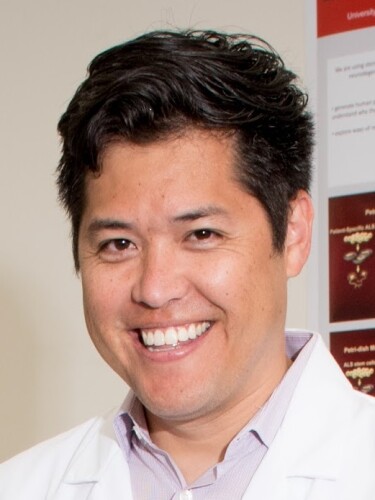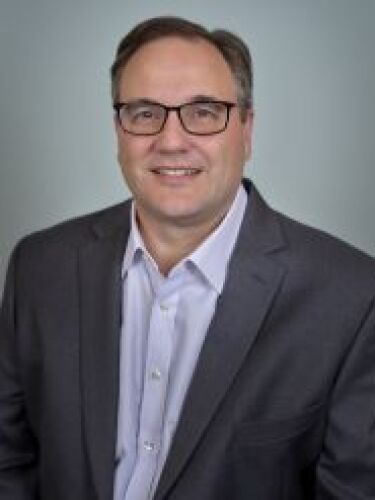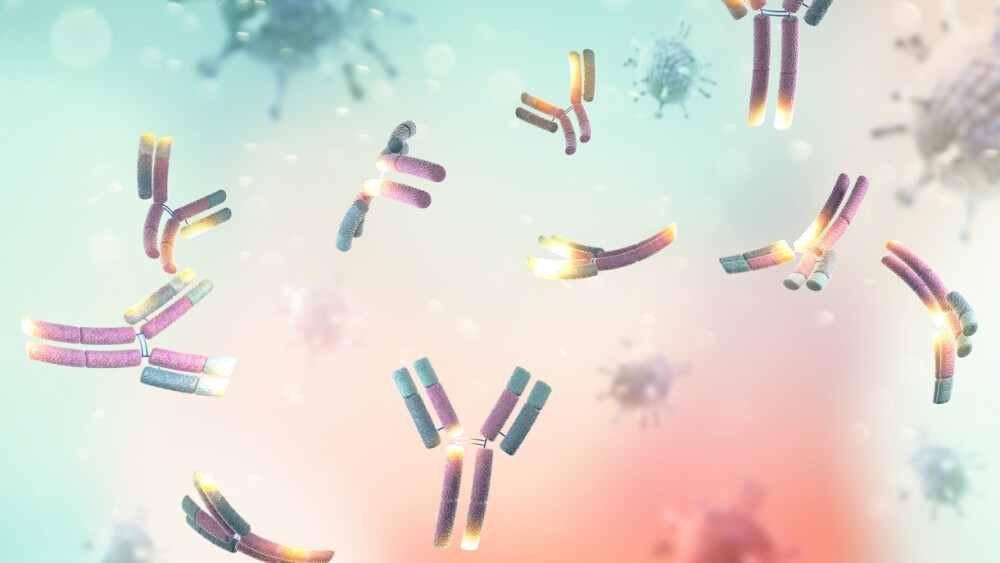ALS is the 5,000-piece jigsaw puzzle of the therapeutic world. As the regulatory edges come together, new research pieces are also connecting.
Courtesy of Getty Images
ALS is the 5,000-piece jigsaw puzzle of the therapeutic world. As the regulatory edges come together, new research pieces are also connecting.
In 2022, the association between gene-encoding protein UNC13A and the TDP-43 protein – long implicated in ALS pathology – was discovered by University College London and the NIH. More recently, attention has fallen to two potential therapeutic targets: PIKFYVE and SYF2.
A complex neurodegenerative disease with both sporadic and genetic manifestations, ALS is uniformly fatal, claiming the lives of its victims typically within 2-5 years of diagnosis.
Two studies published in February, one in Cell, and the other in Cell Stem Cell, highlight the potential of PIKFYVE inhibition and SYF2 suppression in diverse disease models.
Justin Ichida, Ph.D., a stem cell scientist at USC, led both studies.
PIKFYVE: An Underappreciated Mechanism
The role of PIKFYVE in ALS was first discovered in 2016 and published in a 2018 paper in Nature Medicine.
Ichida told BioSpace that the recently published study outlines how PIKFYVE works and shows that the mechanism applies to almost all the forms of ALS in the models examined.
In ALS, TDP-43 is lost from the nucleus, causing toxic aggregates to form.
In the Cell paper published on Feb. 7, Ichida et al. reported, “Inhibition of PIKFYVE kinase activates an unconventional protein clearance mechanism involving exocytosis of aggregation-prone proteins.”
Two companies are making headway toward an even greater understanding of their role in the clinic. One of these is California-based AcuraStem.
Co-founded by Ichida, Drs. Paul August and Qing Liu and CEO Sam Alworth, AcuraStem launched in 2016 with a lead asset targeting PIKFYVE.
“We think we’ve found an underappreciated way of regulating proteostasis in neurons that is helping them cleanse themselves of these toxic protein aggregates,” Alworth told BioSpace.
While AcuraStem’s initial focus was on developing a small molecule targeting PIKFYVE, the company decided to prioritize the development of an antisense oligonucleotide (ASO) instead.
“When we did head-to-head testing in vivo, we saw that the ASO is much more effective,” Alworth said. While a small molecule “very transiently inhibits PIKFIVE,” an ASO will suppress it for a month.
Restoring Endolysosomal Function
Bay Area-based Verge Genomics also has a clinical-stage program targeting PIKFYVE.
Verge CEO and co-founder Alice Zhang contributed to the 2018 Nature Medicine paper. Verge’s machine learning-based ConVERGE platform was instrumental in discovering PIKFYVE as a therapeutic target for ALS.
The company’s CSO, Robert Scannevin, Ph.D., spoke to BioSpace about the discovery and resulting program.
“We were able to connect multiple different ALS driver genes within a…network [that] represents the dysregulated biology that occurs and can be causative in ALS,” he said.
PIKFYVE emerged as the top-ranked target.
“We’ve learned…that many different genetic drivers of ALS converge on a critical cellular pathway of intracellular trafficking…within the endolysosomal system, causing dysfunction,” Scannevin said.
When this intracellular trafficking is negatively affected, several downstream events result in nerve degeneration.
“PIKFYVE works to restore proper endolysosomal function,” Scannevin said.
Verge is developing a small molecule inhibitor of PIKFYVE called VRG50635. The first participant was dosed in a Phase I trial of healthy volunteers in November 2022.
The compound has been “safe and well-tolerated” in five single ascending dose cohorts, Scannevin said. Verge is also seeing good pharmacokinetics.
The company expects to complete the trial’s first phase by mid-2023 and anticipates beginning studies in ALS patients by the end of this year.
With the AcuraStem and Verge trials underway, Ichida said the team would know soon if it worked in patients.
The Discovery of SYF2
Ichida, Alworth and their collaborators made a case for SYF2 in a paper published on Feb. 2 in Cell Stem Cell.
The researchers reprogrammed skin or blood samples from patients with both sporadic and familial ALS into motor neurons. They used these to screen about 2,000 FDA-approved compounds in search of ones that might be broadly effective against the disease.
Out of approximately 40 compounds that worked potently on C9ORF72 ALS lines, Ichida said 11 were androgenic compounds. But, side effects can occur with these compounds, so the team set out to find another target downstream of that androgen signaling with the same therapeutic mechanism of action.
Using a public bioinformatics database called the Connectivity Map, developed by the Broad Institute of Harvard and MIT; they identified SYF2.
The team found that suppressing the activity of the spliceosome-associated factor protein encoded by the SYF2 gene worked to rescue motor neuron degeneration and relieve motor deficits in mouse models.
Alworth called it “the dark horse, fantastic approach.”
SYF2 is involved in the same pathway as TDP43, and Alworth said it addresses both gain and loss of function.
“It’s one target that seems to affect all these TDP 43 targets that are dysregulated, like UNC13A and stathmin-2,” he said.
AcuraStem is testing an asset targeting SYF2 in preclinical studies.
The company is also betting on UNC13A, which Alworth said is central to disease progression.
“[UNC13A] is highly, highly genetically validated…So, the question is, if we just reverse that…”
He left the question hanging, but one thing is clear: the puzzle is coming together for one of the world’s most intractable diseases.









